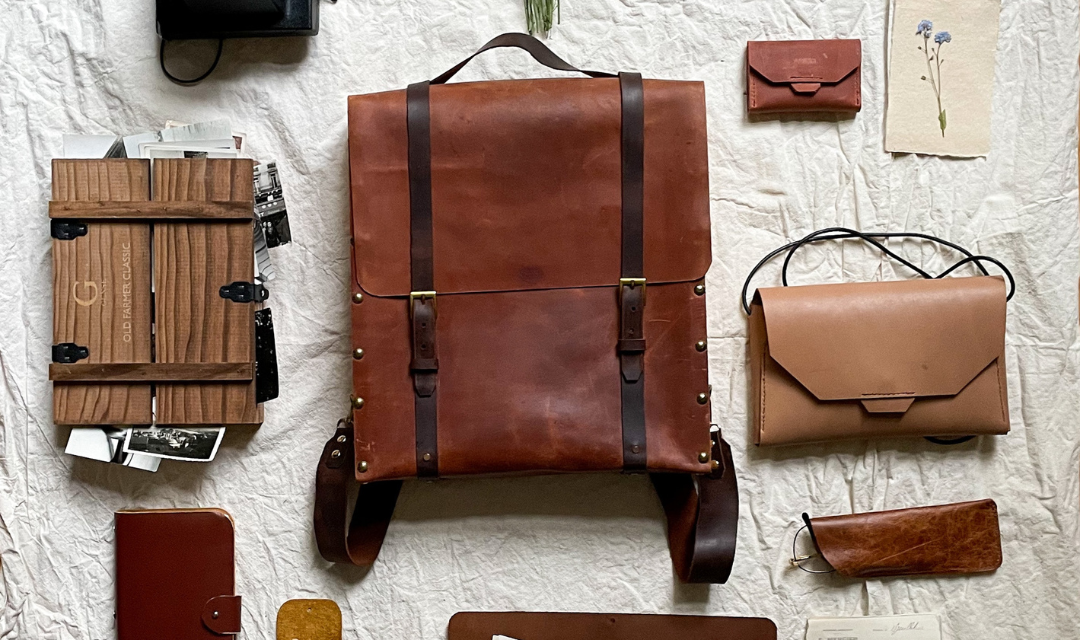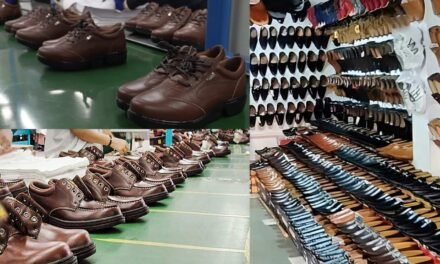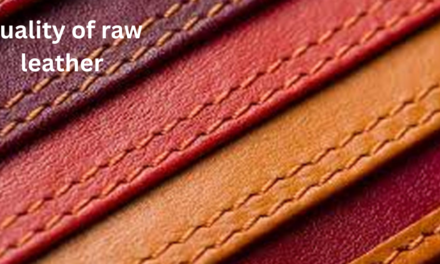Leather manufacturers in Panapakkam, Tamil Nadu, are increasingly adopting sustainable practices in response to growing global demand for eco-friendly products and environmental regulations. As a significant hub for the leather industry, Panapakkam has seen various initiatives aimed at reducing the ecological footprint of leather production while maintaining product quality and industry competitiveness. Here are some key sustainable practices being adopted by leather manufacturers in Panapakkam:
1. Eco-Friendly Tanning Processes
- Vegetable Tanning:
- Vegetable tanning uses natural tannins from tree barks, fruits, and other plant-based materials instead of harmful chemicals. This process is more sustainable as it eliminates the need for toxic substances like chromium and reduces chemical waste.
- It produces leather that is biodegradable and free from toxic residues, making it safer for both workers and the environment.
- Chrome-Free Tanning:
- To address the environmental concerns surrounding chrome (used in conventional leather tanning), many manufacturers in Panapakkam are adopting chrome-free tanning methods. These methods use less harmful chemicals, ensuring safer production processes and reducing the environmental impact.
- Chrome-free leather is also favored by eco-conscious consumers due to its more natural finish and fewer environmental pollutants.
2. Water Management and Waste Reduction
- Efficient Water Use:
- Leather production is water-intensive, especially in tanning and finishing processes. To mitigate water waste, manufacturers in Panapakkam are implementing water recycling systems to reduce consumption. Recycled water is used in the tanning and dyeing processes, significantly lowering the amount of fresh water required.
- Effluent Treatment Plants (ETPs):
- Many leather manufacturers have set up Effluent Treatment Plants (ETPs) to treat water used in the production process before it is released back into the environment. These plants ensure that harmful chemicals, such as solvents, dyes, and heavy metals, are neutralized, preventing contamination of local water bodies.
- Solid Waste Management:
- Leather producers are improving waste management practices by recycling leather scraps, offcuts, and other production residues. These can be turned into secondary leather products or used for creating by-products such as leather dust or powder, which is then repurposed for various applications (e.g., in the automotive or upholstery industries).
3. Use of Sustainable Raw Materials
- Sustainable Leather Sourcing:
- There is a growing emphasis on sourcing ethically produced leather, with suppliers adhering to Leather Working Group (LWG) standards, which promote responsible leather production and minimize the environmental impact.
- Sustainable animal husbandry practices are encouraged, with manufacturers seeking suppliers that ensure better animal welfare, lower carbon footprints, and minimal deforestation.
- Recycled Leather:
- Some manufacturers in Panapakkam are adopting recycled leather, made from scraps or discarded leather goods. This reduces the need for new raw materials and helps decrease waste in landfills.
- Plant-Based and Vegan Leathers:
- As part of sustainability efforts, some manufacturers are exploring plant-based or vegan leather alternatives, such as Piñatex (pineapple leather), apple leather, and mushroom leather (mycelium). These materials offer eco-friendly alternatives to traditional leather by utilizing renewable resources.
4. Energy Efficiency and Renewable Energy
- Energy-Efficient Production:
- Leather manufacturers are adopting energy-efficient technologies in their production processes, such as advanced machinery that consumes less power. This reduces the overall carbon footprint of the manufacturing process.
- Use of Renewable Energy:
- Some manufacturers are investing in solar power and other renewable energy sources to power their factories. This reduces dependency on non-renewable energy sources and further decreases greenhouse gas emissions.
5. Eco-Friendly Finishing Techniques
- Water-Based Finishes:
- Traditional leather finishes often contain harmful solvents that can pollute the environment. In contrast, many manufacturers in Panapakkam are switching to water-based finishes that are less toxic and more environmentally friendly.
- Low-VOC (Volatile Organic Compounds) Materials:
- Manufacturers are moving towards low-VOC paints, dyes, and adhesives, which significantly reduce air pollution and health risks for workers involved in the finishing processes.
6. Sustainable Packaging and Transportation
- Eco-Friendly Packaging:
- Manufacturers are increasingly using recyclable, biodegradable, or reusable packaging for leather products, including using kraft paper, cardboard, or compostable bags instead of plastic packaging. This reduces the environmental impact of packaging waste.
- Sustainable Shipping Practices:
- Leather exporters in Panapakkam are focusing on optimizing transportation logistics to reduce carbon emissions. This includes using more energy-efficient vehicles, consolidating shipments, and partnering with logistics companies committed to sustainability.
7. Community Engagement and Social Responsibility
- Fair Labor Practices:
- Many manufacturers in Panapakkam are focusing on improving working conditions and ensuring fair wages for their employees. Programs related to worker health and safety are being implemented to ensure that employees work in safe, clean environments.
- Community Development Initiatives:
- Manufacturers are involved in local community development programs, such as education and skill development for young people, as well as supporting local businesses that supply materials to the leather industry. This helps uplift the socio-economic status of the surrounding population.
8. Research and Development for Sustainable Innovation
- Investment in R&D:
- There is a strong emphasis on research and development (R&D) in sustainable leather production. Manufacturers are exploring new methods to reduce environmental impact and improve leather quality, including developing non-toxic tanning agents, improving energy efficiency in production, and creating new bio-based leather alternatives.
Conclusion
The leather industry in Panapakkam is increasingly adopting sustainable practices aimed at reducing environmental impact while maintaining the high quality of leather products. Efforts in eco-friendly tanning methods, waste management, sustainable raw materials, energy efficiency, and ethical labor practices are not only making the region’s leather products more attractive to global markets but also aligning the industry with the growing demand for responsible, sustainable manufacturing. These initiatives contribute to the long-term sustainability of the leather industry in Panapakkam and improve the region’s reputation as a responsible and forward-thinking hub for leather production.
Hashtags
#SustainableLeatherPanapakkam #EcoFriendlyTanning #WasteManagementInLeather #GreenLeatherManufacturing #PanapakkamSustainability #LeatherIndustryBestPractices #EnvironmentalComplianceLeather #SustainableTanningMethods #PanapakkamEcoInitiatives #LeatherSectorSustainability







